
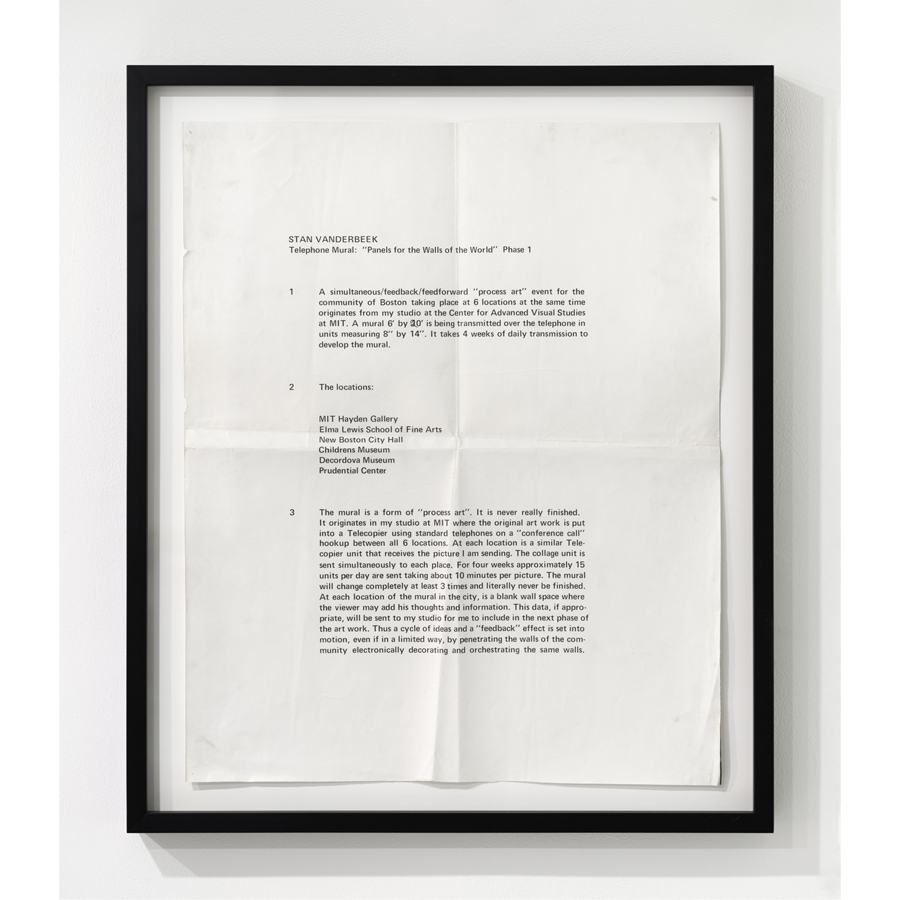
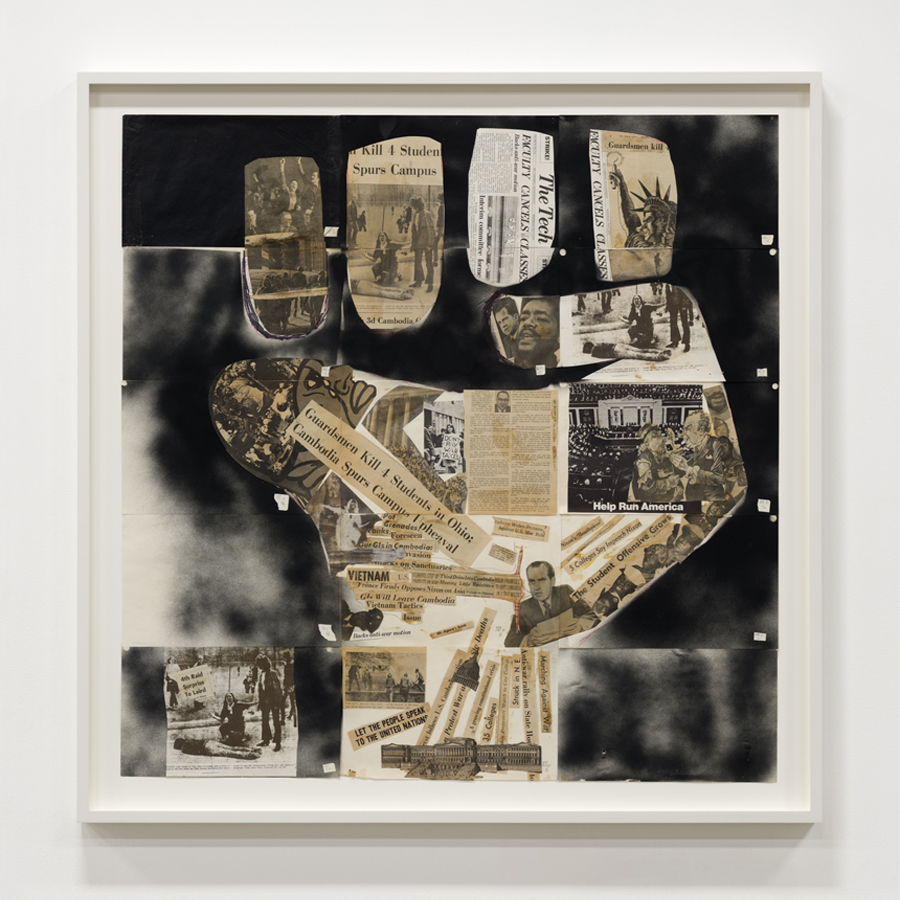

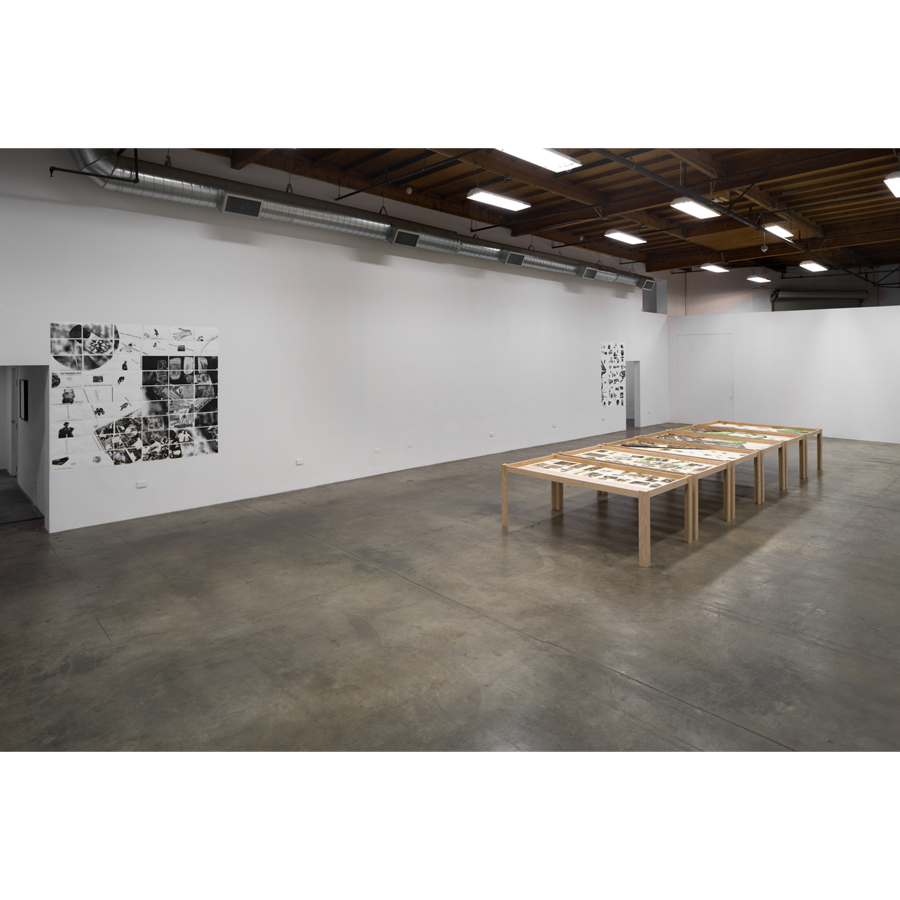
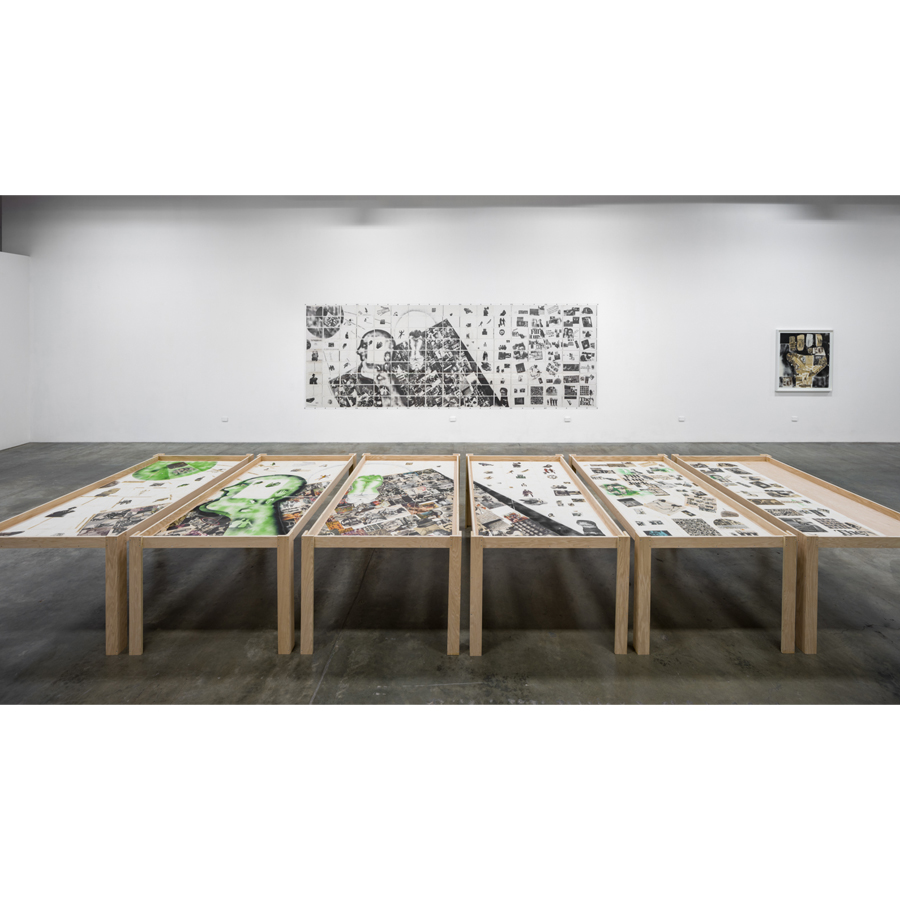
![Panels for the Walls of the World [Original Collages] Phase 2. 1970.](/images/pics/7153_AMOuEg_web11.jpg)
![Panels for the Walls of the World [Original Collages] Phase 2. 1970.](/images/pics/7153_REl6Qj_web10.jpg)
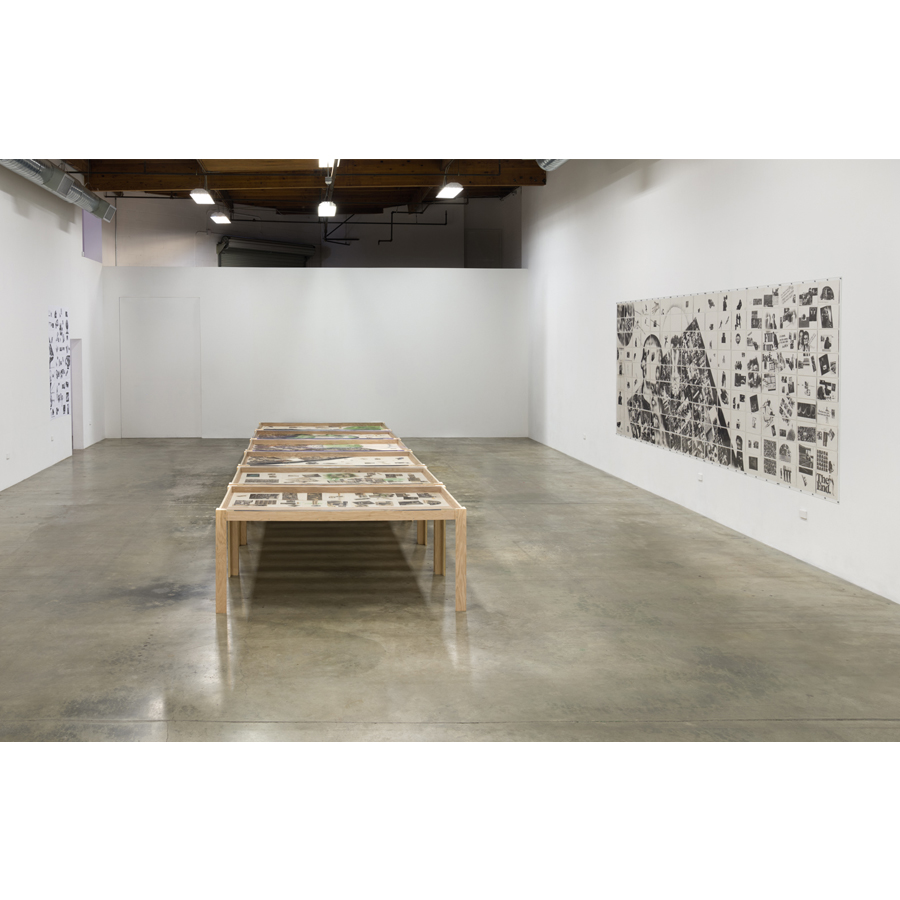
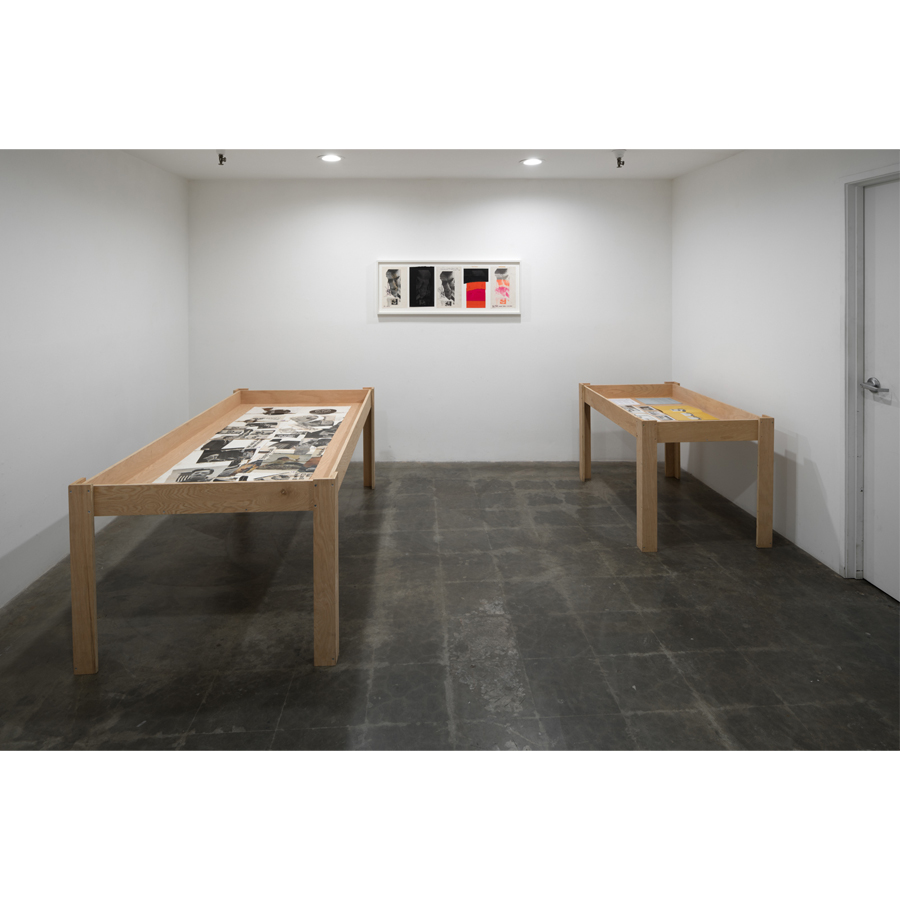
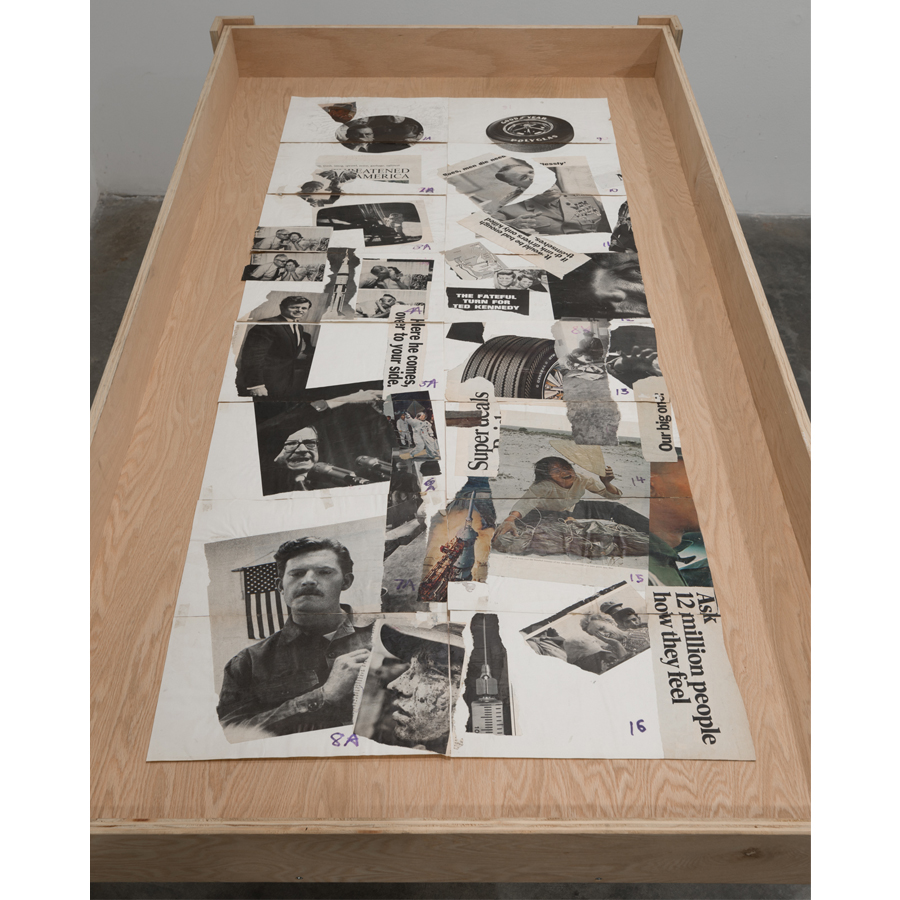

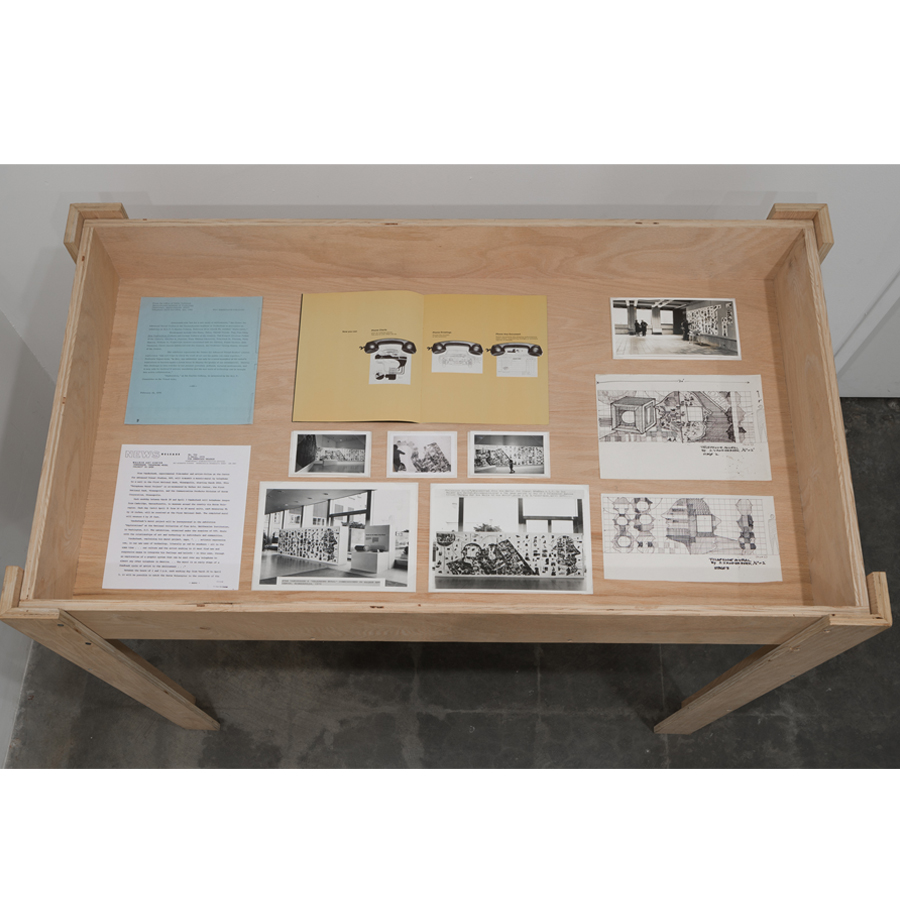
Stan VanDerBeek
Panels for the Walls of the World: Phase II
September 17, 2022 — November 5, 2022
The Box LA
Opening Reception:
September 17, 2022
5-8pm
The Box is pleased to present their third solo presentation in collaboration with the Stan VanDerBeek Archive. Panels for Walls of the World: Phase II is an exhibition prompted by recently locating components of the original work in the artist’s papers. This presentation compliments the March 2022 exhibition at Document Gallery Panels for Walls of the World: Phase I as well as the forthcoming installation of VanDerBeek’s Movie-Drome at The Museum of Modern Art in New York.
To say that Stan VanDerBeek was prescient by decades of the Internet, and even social media, is incidental to why VanDerBeek’s work is profound and eminently relevant. He wasn’t interested in utopian or dystopian visions of technology and the future, although he consistently used the cutting edge of technology as a medium, but he was interested in media and intermediation as a new language, society, and culture. VanDerBeek explored media’s relationship with itself, posturing us, the viewer and participant, as its medium and intermediary.
In 1969 VanDerBeek was one of the first artists to be invited to be in-residence at MIT’s Center for Advanced Visual Studies in Cambridge, where he furthered his interest in feedback and two-way communication within art production. As part of his experimentation with fax technology, Panels For The Walls of The World was realized and transmitted from VanDerBeek’s studio at MIT to multiple locations in partnership with institutions including the Walker Art Center, Boston City Hall, Children’s Museum, and the Elma Lewis School of Fine Arts, among others.
The Box exhibition features the complete original collages for Phase II and Phase III as well as the original Phase II transmissions for the first time. In addition, a new transmission including Phase III of Panels For the Walls of the World will be “performed” in the contemporaneous fashion of emailed PDFs from the VanDerBeek Archive and on-site desktop computer printing. This newly created Telephone Mural will be built up over the multi-week course of the exhibition in a playful reference to the original technology’s slow transmission speed (the original 153 panel mural took two weeks to transmit). The exhibition also includes a range of contextual works and experiments showing the thoroughness of VanDerBeek’s process.
Philosopher George Ulmer’s introduction of the term “electracy” in his book Teletheory: Grammatology in the Age of Video (1989) parallels the underpinnings of VanDerBeek’s prodigious thought and experimentation. Electracy describes the skills necessary to exploit the full communicative potential of new electronic media, combining the words “electric” and “literacy”. To appreciate VanDerBeek’s poetic perspective, we have to consider ourselves as the medium. In the course of VanDerBeek’s spanning and complex works, involving technological, academic, and commercial institutions, he used transmitting as a means to abstract authorship. In this way we can see VanDerBeek experimenting with, and imploring, the reclaiming of our forthcoming loss.
Stan VanDerBeek (1927-1984)
Stan Vanderbeek was born in Bronx, NY in 1927. He studied at The Cooper Union for the Advancement of Science and Art, New York (1948-1952), and Black Mountain College, Asheville, NC (1949-1951). A pioneer in the development of experimental film and live-action animation techniques, Stan VanDerBeek achieved widespread recognition in the American avant-garde cinema. An advocate of fusing art and technology, he began making films in 1955. By the 1960s, he produced theatrical, multimedia pieces and computer animation, often working in collaboration with Bell Telephone Laboratories.
In his filmography, VanDerBeek developed over one hundred experimental and innovative 16mm and 35mm films and videos in black and white and color spanning collage, animation, computer graphics, live action, performance documentation, found footage, and newsreels. Retrospective film screenings during his lifetime were hosted by institutions such as the Museum of Modern Art, NY (1968); Whitney Museum of American Art, NY (1970); and The American Film Institute Theatre at the John F. Kennedy Center, Washington, DC (1979).
Notable exhibitions include Cinema Frontiers, AG Gallery, New York, NY (1961); Information Center, Bienal de São Paulo with the MIT Center for Advanced Visual Studies, São Paulo, Brazil (1971); CHAMBERS in nine parts and VAPORS SCREEN, part of the First Intermedia Art Festival Performance Series, The Solomon R. Guggenheim Museum, New York, NY (1980); Whitney Biennial, Whitney Museum of American Art, New York (1983); Stan VanDerBeek, Guild & Greyshkul, New York, NY (2008); Expanded Cinema: Activating the Space of Reception, Tate Modern, London, United Kingdom (2009); Ghosts in the Machine, New Museum, New York, NY (2012); Venice Biennale (2013); Leap Before You Look: Black Mountain College, 1933-1957, Institute of Contemporary Art, Boston (2015); Dreamlands: Immersive Cinema and Art, 1905-2016, Whitney Museum of American Art, New York, NY (2016); Judson Dance Theater: The Work is Never Done, The Museum of Modern Art, New York (2018); ETOPIA_Centre for Art and Technology, Zaragoza, Spain (2020).
VanDerBeek’s work can be found in numerous public collections including the Museum of Modern Art, New York, NY; Whitney Museum of American Art, New York, NY; Walker Art Center, Minneapolis, MN; Art Institute of Chicago, IL; Los Angeles County Museum of Art, CA; Centre Pompidou, Paris, France; Museo Nacional Centro de Arte Reina Sofia, Madrid, Spain.